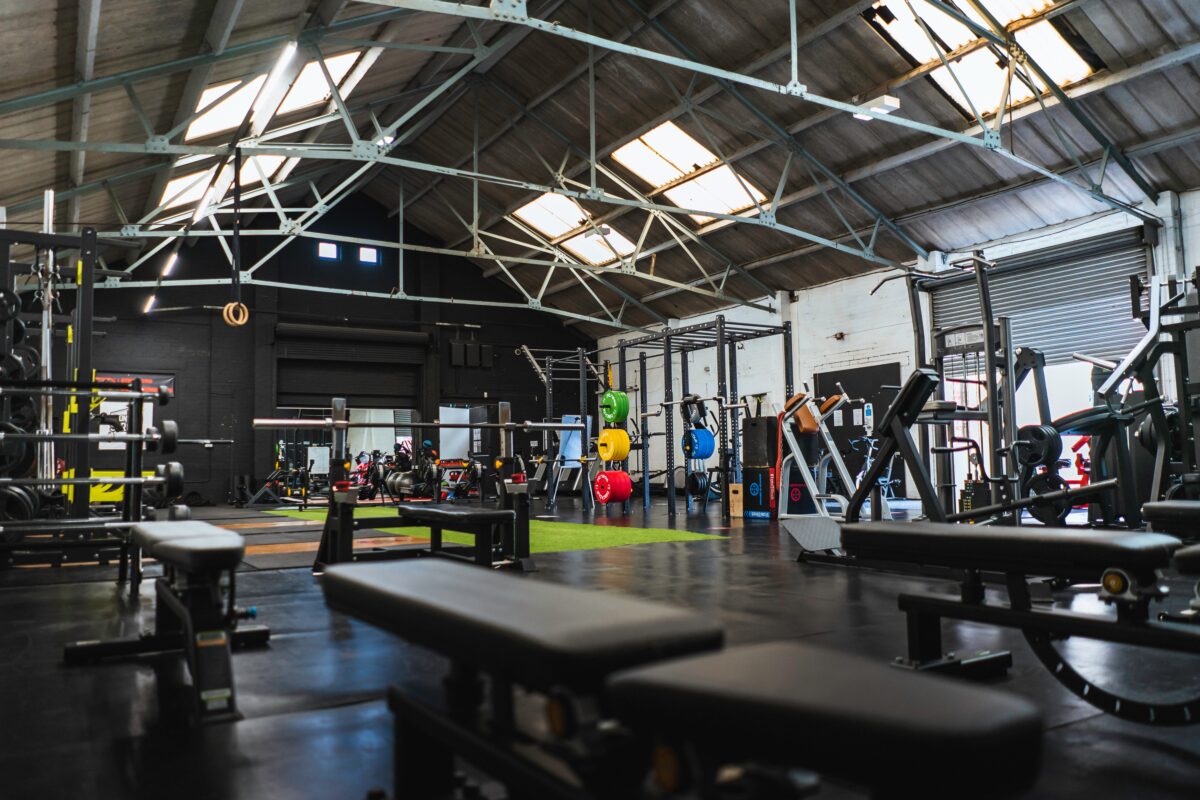STRENGTH TRAINING
Is there an association between muscle-building supplements and DNA damage in resistance training practitioners?
A recent study published in the journal Nutrition aimed to investigate the potential link between muscle-building supplements and DNA damage in individuals who engage in resistance training.
Background: Resistance training is a popular form of exercise that improves muscle strength, endurance, and power. Many recreational athletes use nutritional supplements to enhance their performance and body composition. These supplements are categorized into three types based on the evidence supporting their safety and efficacy: strong evidence (SESEAS), limited/mixed evidence (LMESE), and little/no evidence (LNESES). However, there is limited research on the association between sports supplements and genotoxicity, with DNA damage being a significant marker of potential health risks.
Study Design: The researchers conducted a cross-sectional study among resistance training practitioners aged 18-60 in 14 gyms located in Santa Cruz do Sul, Brazil. Participants who lacked sufficient data or declined to provide biological samples were excluded. The study collected sociodemographic, training habit, and lifestyle data through a self-reporting questionnaire. Body fat percentage and body mass index were also measured.
Oral mucosal and blood samples were obtained from the participants. The supplements used by the participants were categorized into one of the three evidence categories. DNA damage was assessed using comet and buccal micronucleus cytome (BMCyt) assays. Lymphocytes were isolated from blood samples, and two slides of cells per participant were prepared and analyzed under a microscope. DNA damage was classified based on tail size and intensity, and Feulgen staining was used on the prepared slides. The presence of nuclear buds and micronuclei in the cells was examined as biomarkers of DNA elimination and chromosomal missegregation or breakage, respectively. Participants were divided into supplement users and non-users.
Statistical analyses, including Pearson’s chi-squared test, analysis of variance (ANOVA), and analysis of covariance (ANCOVA), were performed to compare variables among different groups while adjusting for relevant factors.
Findings: The study included 307 individuals, with the majority being males (52%), and the average age was 37.9 years. Among them, 150 did not use any supplements. SESEAS supplements were more commonly used than other types. Males and individuals under 40 years old had a higher prevalence of supplement usage. Significant differences were observed in the type, duration, and frequency of exercises among the groups. Participants using LNESES or LMESE supplements practiced exercises for more than an hour five to seven times a week. Similarly, SESEAS supplement users exercised for one hour up to seven times per week. Non-users had a significantly higher percentage of body fat compared to supplement users.
The comet assay revealed significantly higher DNA damage index and frequency in supplement users compared to non-users. However, no significant differences were observed in the frequencies of nuclear buds and micronuclei between the elevated groups. SESEAS supplement users exhibited significantly greater DNA damage index and frequency than LMESE or LNESES supplement users.
Conclusions: In summary, individuals practicing resistance training and using muscle-building supplements showed elevated DNA damage index and frequency according to the comet assay. Specifically, SESEAS supplement users had higher DNA damage compared to LMESE or LNESES supplement users. However, no significant differences were observed in the frequencies of nuclear buds and micronuclei between the groups.
These findings suggest a potential association between supplements and genotoxic effects and emphasize the need for cautious use of supplements as a dietary complement. The participants primarily used whey protein and creatine supplements, which are classified as SESEAS supplements. Previous studies have highlighted the antioxidant properties of these supplements. Notably, no significant differences were observed in nuclear buds or micronuclei frequencies between users and non-users, indicating that DNA lesions were repaired, preventing chromosomal damage.

